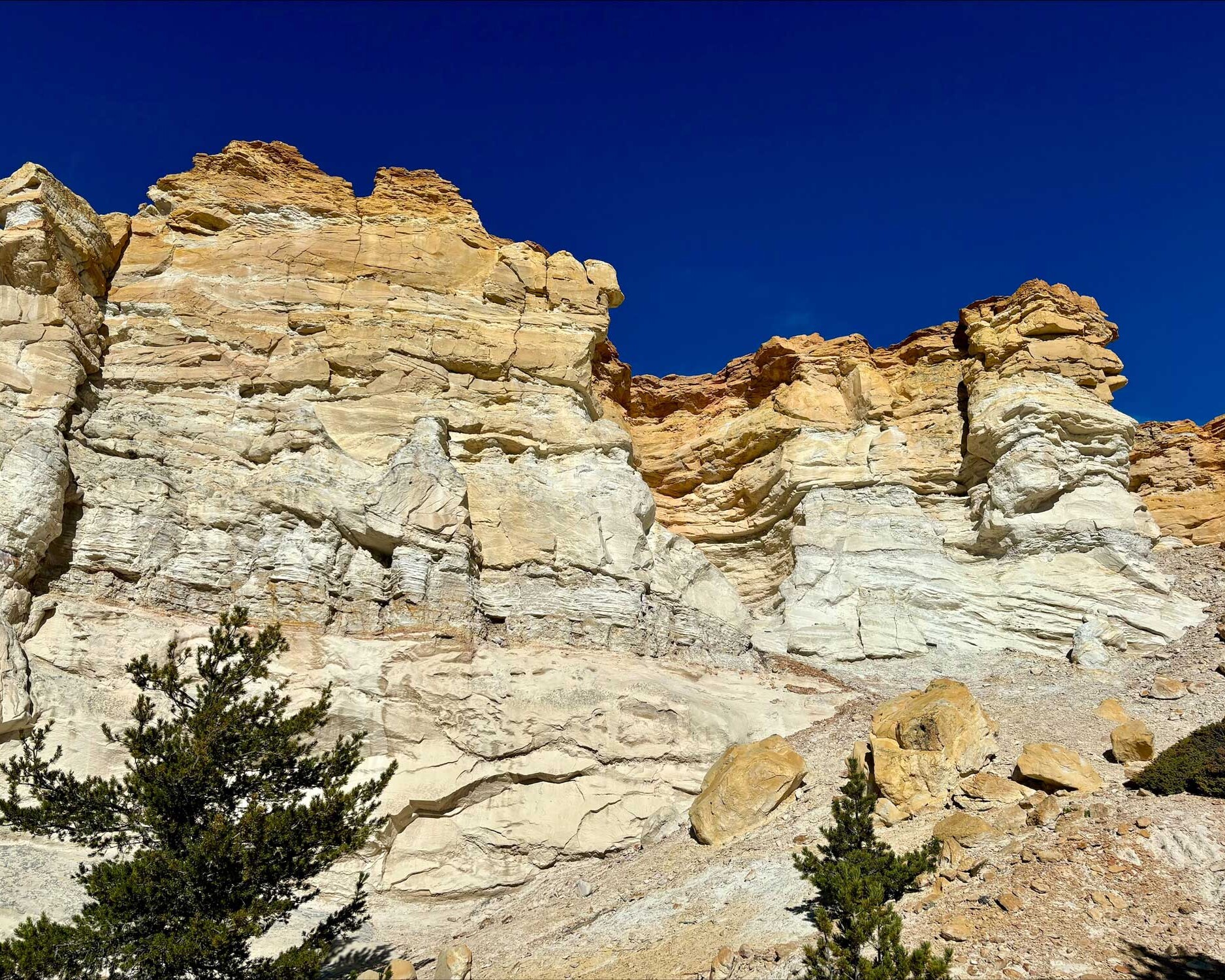
Wind River Development Fund lands $36M to generate jobs via bison restoration, ecotourism and food sovereignty.
Published by WyoFile
It’s no secret the rural 2.2-million-acre Wind River Indian Reservation has received few major economic investments since its establishment a century and a half ago.
Consequences for the communities contained within the tribal land have reverberated for generations: The reservation’s three main small towns — Fort Washakie, Arapahoe and Ethete — are dropping in population, possess few local businesses and lack adequate infrastructure and housing. Poverty rates on the reservation are much higher than in nearby areas, according to U.S. Census Bureau data. Home values on the reservation are less than half of broader Fremont County. Around a third of tribal residents lack any health care.
There are few upsides to the somber socioeconomic realities that have long saddled the Eastern Shoshone and Northern Arapaho tribes, who despite federal and state theft of their lands, have continued to survive in the region.
Last year, however, the Wind River Development Fund identified one silver lining: The lack of economic vitality made the region eligible for the federal “Recompete” pilot grant program, which targets areas where prime-age (25-54) employment significantly trails the national average.

